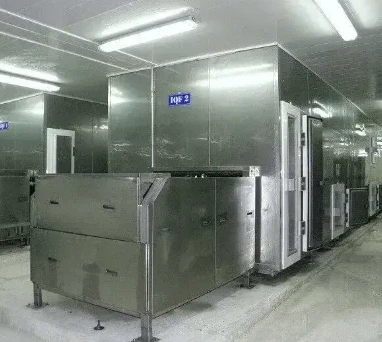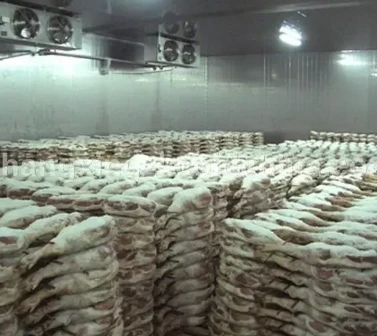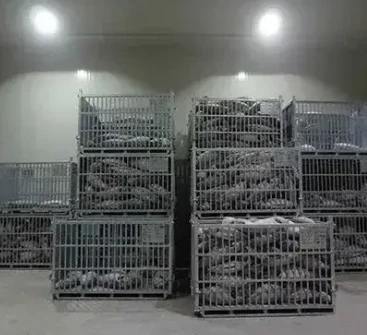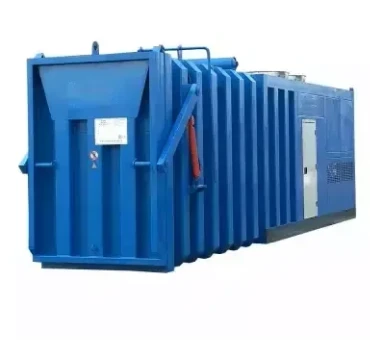Cold Room Refrigeration
Cold room refrigeration is a crucial aspect of various industries, providing controlled temperature environments for the storage of perishable goods such as food, pharmaceuticals, and chemicals. These refrigeration systems are designed to maintain specific temperature ranges to preserve the quality and integrity of sensitive products. In this comprehensive guide, we will delve into the intricacies of cold room refrigeration, exploring its components, functions, benefits, and applications.
Components of Cold Room Refrigeration:
Cold room refrigeration systems consist of several key components working together to regulate temperature effectively. These components include compressors, condensers, evaporators, expansion valves, and insulation materials. Compressors are responsible for compressing refrigerant gases, while condensers facilitate the release of heat from the refrigerant. Evaporators help in absorbing heat from the stored items, while expansion valves regulate the flow of refrigerant. Proper insulation materials are essential to minimize heat transfer and maintain consistent temperatures within the cold room.
Functions of Cold Room Refrigeration:
The primary function of cold room refrigeration is to create and maintain low temperatures suitable for preserving perishable goods. By controlling temperature and humidity levels, these systems prevent microbial growth, slow down chemical reactions, and extend the shelf life of products. Additionally, cold room refrigeration helps reduce food waste, ensures product safety, and maintains compliance with regulatory standards. These systems also contribute to energy efficiency by optimizing cooling processes and reducing overall energy consumption.
Benefits of Cold Room Refrigeration:
Cold room refrigeration offers numerous benefits to businesses across various industries. One of the main advantages is improved product quality and freshness, leading to higher customer satisfaction and retention. By reducing spoilage and waste, companies can achieve cost savings and maximize profitability. Cold room refrigeration also enhances inventory management by providing ample storage space and organized inventory control. Furthermore, these systems enable businesses to meet seasonal demands, handle peak loads, and expand their product offerings with confidence.
Applications of Cold Room Refrigeration:
The versatility of cold room refrigeration makes it indispensable in a wide range of applications. In the food industry, cold rooms are used for storing fruits, vegetables, meats, dairy products, and frozen foods. Pharmaceutical companies rely on cold room refrigeration to store vaccines, medicines, and other temperature-sensitive drugs. Chemical manufacturers utilize cold rooms for storing raw materials, intermediates, and finished products. Additionally, cold room refrigeration finds applications in research laboratories, hospitals, supermarkets, and logistics facilities.
Conclusion:
In conclusion, cold room refrigeration plays a vital role in maintaining the quality, safety, and integrity of perishable goods across various industries. By understanding the components, functions, benefits, and applications of cold room refrigeration, businesses can make informed decisions regarding their storage and preservation needs. Investing in reliable cold room refrigeration systems not only ensures product freshness and compliance but also fosters efficiency, sustainability, and growth in today's competitive marketplace.
















































































































